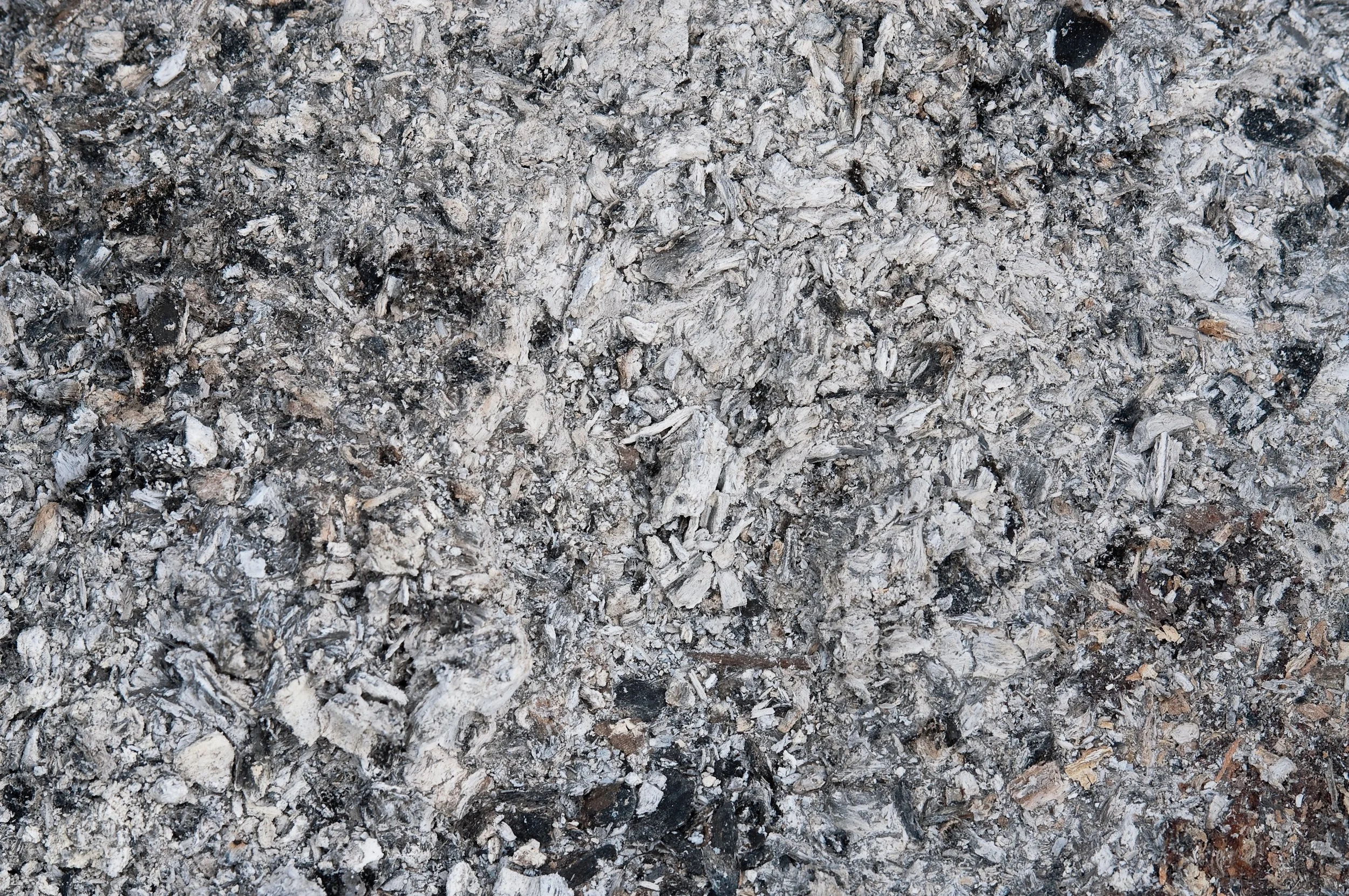Fire Inspections
During and after a fire massive amounts of microscopic particulates are released into the air. These particles can be a major health risk when inhaled as they penetrate deep into the lungs.
This can cause a range of health risks including but not limited to:
Asthma
Burning Eyes
Runny Nose
Chronic Heart Disease
Chronic Lung Disease
Many toxic chemicals are released during a fire and can exist in fire residue long after the burning has subsided. These commonly include but are not limited to:
Asphyxiant Gases
Irritant Gasses
Bromite (BrO2)
Sulfites (SO2−3)
Carbon Monoxide (CO)
Hydrogen Cyanide (HCN)
Hydrogen Chloride (HCl)
Oxides of Nitrogen (NOx)
Acrolein (C3H4O)
Phosgene / Carbonyl dichloride (COCl2)
Polycyclic Aromatic Hydrocarbons (PAHs)
It is vital to ensure no toxic residue is present in your home after a fire, whether indoors or nearby. Wildfires that affect residential areas are particularly dangerous as the variety of combustible materials that release toxic chemicals is much higher in building materials than in native bushland.
Air conditioners left running during a fire can collect and distribute a broad range of contaminants into your home, click here to learn more
For more detail about the expert Testing & Analysis we provide, our state-of-the-art facilities & scientific team, visit our laboratory services page.


